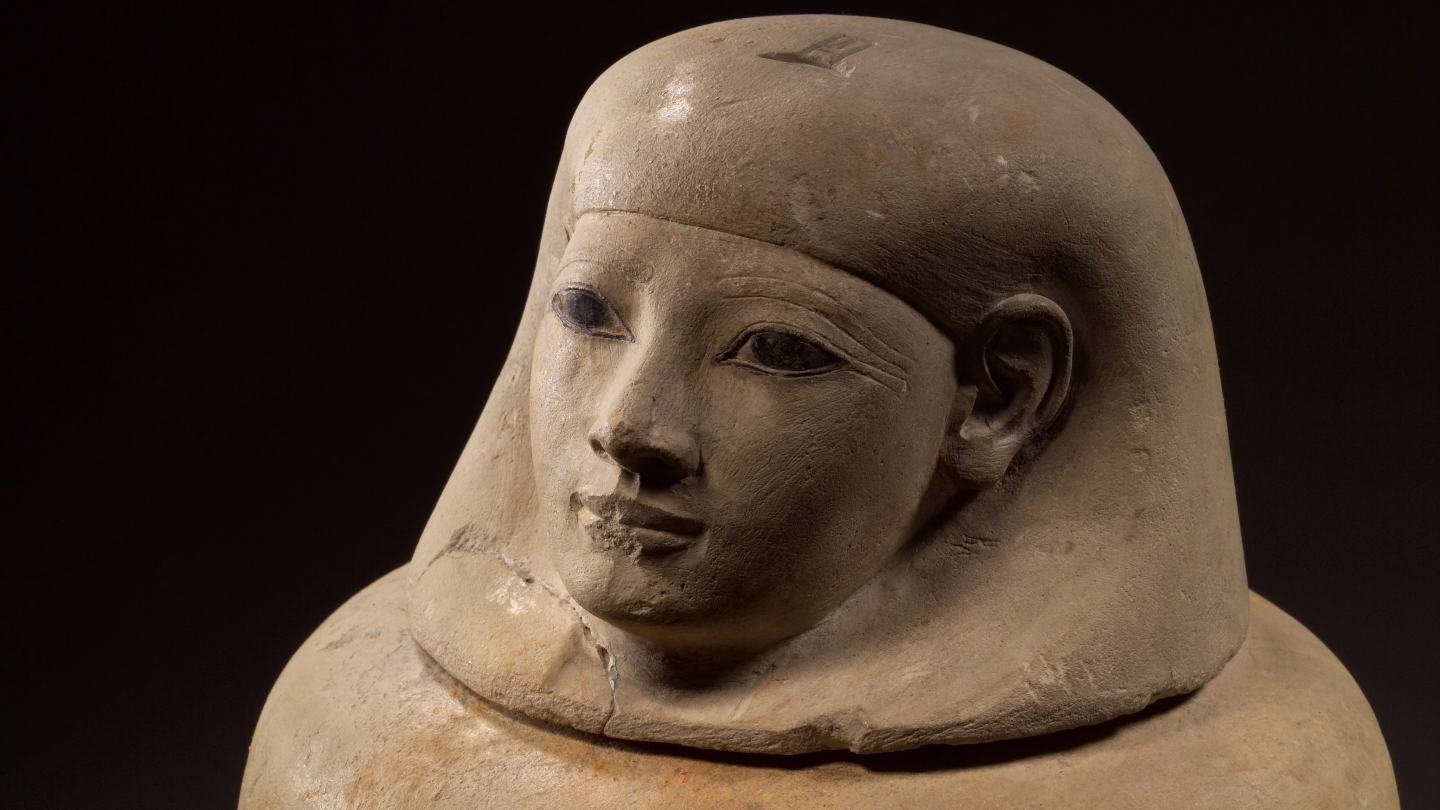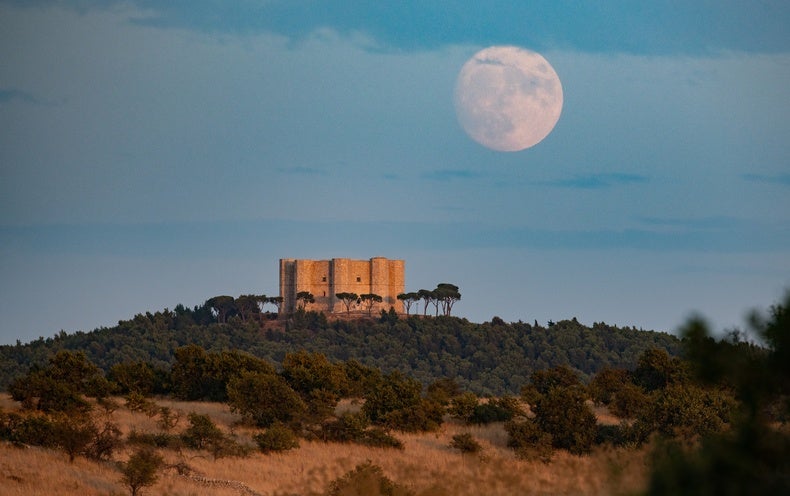Jars holding the innards of an ancient Egyptian noblewoman from roughly 3,500 years ago contain hints of one of the most complex mummification balms of that era, a new study shows.
About 120 years ago, the remains of a woman named Senetnay were found entombed among pharaohs and esteemed nobles in Egypt’s Valley of Kings. Such an honored burial was rare. Inscriptions on vessels in the tomb indicate she not only was a wet nurse to the pharaoh Amenhotep II, but also remarkably close to him.
An analysis of the jars that held her remains seem to confirm her importance and hint at the extent of ancient trade routes and the intricacies of mummification practices, researchers report August 31 in Scientific Reports.
In ancient Egyptian mummification, the viscera would be removed from the body and placed in separate jars along with a balm meant to preserve the organs. To find out exactly how Senetnay’s innards were preserved, archaeological chemist Barbara Huber and colleagues conducted a panel of chemical analyses of the residue in the jars that once held her lungs and liver (SN: 2/1/23).
While most other embalming fluids from her era contained simpler mixes of fats, oils and sap, Senetnay’s remains were preserved in a rich blend of substances, the team found. The residue hinted at oils, fats, beeswax, tree resins, the tarlike bitumen and, in a possible first, the sap from larch trees, which grew in the mountains in the Mediterranean.
“We were lucky because we identified one of the richest, most complex mummification balms ever found … especially for this early time period,” says Huber, of the Max Plank Institute of Geoanthropology in Jena, Germany.
Some of the ingredients may have come as far away as Southeast Asia, the team suggests. This hints that Egyptians may have had certain far-reaching trade routes up to a millennium earlier than previously thought.
The far-flung and diverse ingredients, Huber says, imply that little expense was spared in Senetnay’s preservation, reinforcing her status as a valued member of the pharaoh’s entourage.














